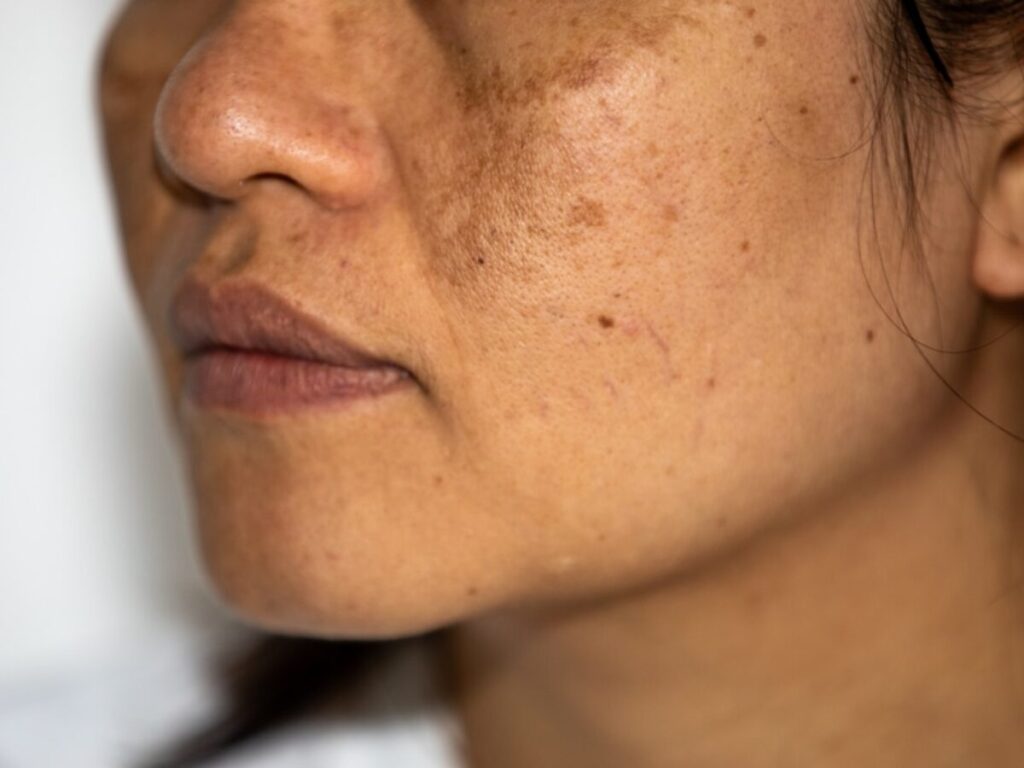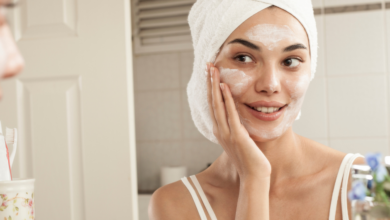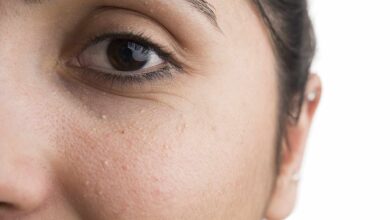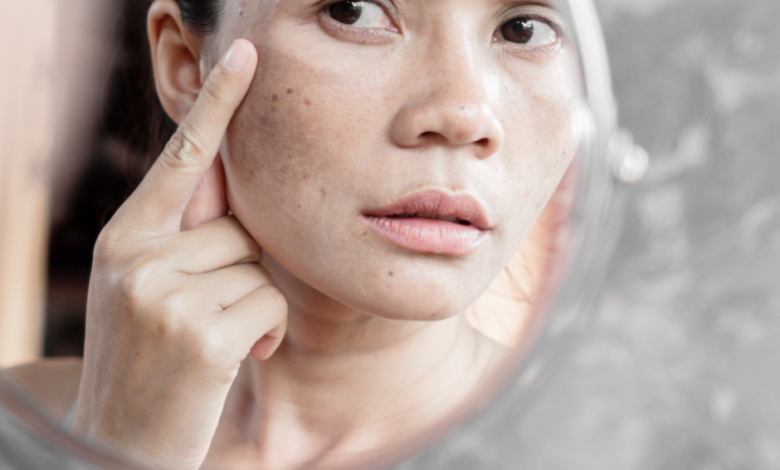
In the realm of skincare, hyperpigmentation remains a common concern for many individuals. Whether caused by sun exposure, hormonal changes, or post-inflammatory responses, these darkened patches of skin can be a source of self-consciousness and frustration. This article explores the various solutions available today, from the efficacy of topicals such as serums and creams to the potential benefits of more advanced treatment options. By gaining a deeper understanding of the range of hyperpigmentation solutions, you can take empowered steps towards achieving a more even complexion and renewed confidence.
Types of Hyperpigmentation
Melasma
Melasma is a common type of hyperpigmentation that causes brown or gray patches to appear on the face, particularly on the cheeks, forehead, and upper lip. It is often triggered by hormonal changes, such as pregnancy or the use of birth control pills. Melasma is more commonly seen in women and individuals with darker skin tones.
Post-inflammatory Hyperpigmentation
Post-inflammatory hyperpigmentation occurs as a result of skin injury or inflammation. It can be caused by various factors, including acne, eczema, psoriasis, or even aggressive cosmetic treatments. This type of hyperpigmentation typically appears as darkened patches or spots on the affected areas of the skin.
Sunspots
Sunspots, also known as solar lentigines or liver spots, are common types of hyperpigmentation caused by sun exposure. They appear as flat, brown spots on the skin, most commonly on areas that are frequently exposed to the sun, such as the face, hands, and shoulders. Sunspots are more prevalent in older individuals, as cumulative sun damage tends to increase over time.

Freckles
Freckles are small, flat spots that are typically light brown or beige. They are caused by an increased production of melanin in the skin, usually as a result of genetic predisposition or sun exposure. Freckles are commonly found on areas of the body that are exposed to the sun, such as the face, arms, and shoulders. They are more commonly seen in individuals with fair skin.
Age Spots
Age spots, also known as senile lentigines, are similar to sunspots in appearance. They typically appear as flat, tan, or brown patches on the skin, usually in areas that have been exposed to the sun over many years. Age spots are more commonly seen in older individuals and can be a result of cumulative sun damage and natural aging processes.
Understanding Hyperpigmentation
Causes of Hyperpigmentation
Hyperpigmentation can be caused by various factors, including hormonal changes, sun exposure, genetics, inflammation, and skin injuries. Hormonal factors, such as pregnancy or the use of hormonal medications, can lead to the development of melasma. Sun exposure triggers the production of melanin, causing sunspots and freckles. Genetic predisposition plays a role in the development of freckles, while inflammation and skin injuries can lead to post-inflammatory hyperpigmentation.
Factors That Influence Hyperpigmentation
Several factors can influence the development and severity of hyperpigmentation. These include sun exposure, skin type and color, hormonal changes, age, and certain medical conditions such as thyroid disorders or autoimmune diseases. Individuals with fair skin are more prone to developing hyperpigmentation, while those with darker skin may experience more pronounced hyperpigmentation due to increased melanin production.
Importance of Proper Diagnosis
Proper diagnosis is crucial when dealing with hyperpigmentation, as different types of hyperpigmentation may require different treatment approaches. It is essential to consult a dermatologist or a skincare professional for an accurate diagnosis and personalized treatment plan. This will ensure that the most appropriate treatment options are chosen, leading to effective and safe results.
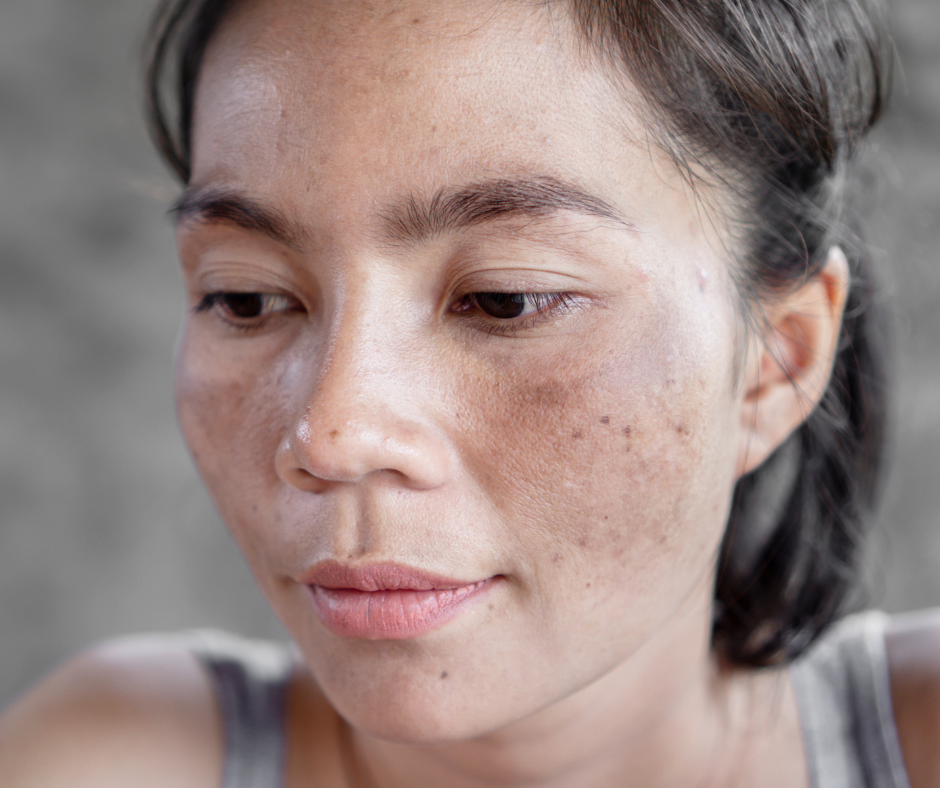
Topical Treatments
Hydroquinone
Hydroquinone is a widely-used topical treatment for hyperpigmentation. It works by inhibiting the production of melanin, thereby reducing the appearance of dark spots and patches. Hydroquinone is available in various formulations, including creams, gels, and lotions. It is typically applied directly to the affected areas of the skin and often used in conjunction with other ingredients to enhance its effectiveness.
Retinoids
Retinoids, derived from Vitamin A, are commonly used in the treatment of various skin conditions, including hyperpigmentation. They work by promoting cell turnover, reducing the appearance of dark spots, and improving overall skin texture and tone. Retinoids are available in prescription-strength formulations and over-the-counter products. They may cause initial skin irritation, so it is essential to start with lower concentrations and gradually increase use.
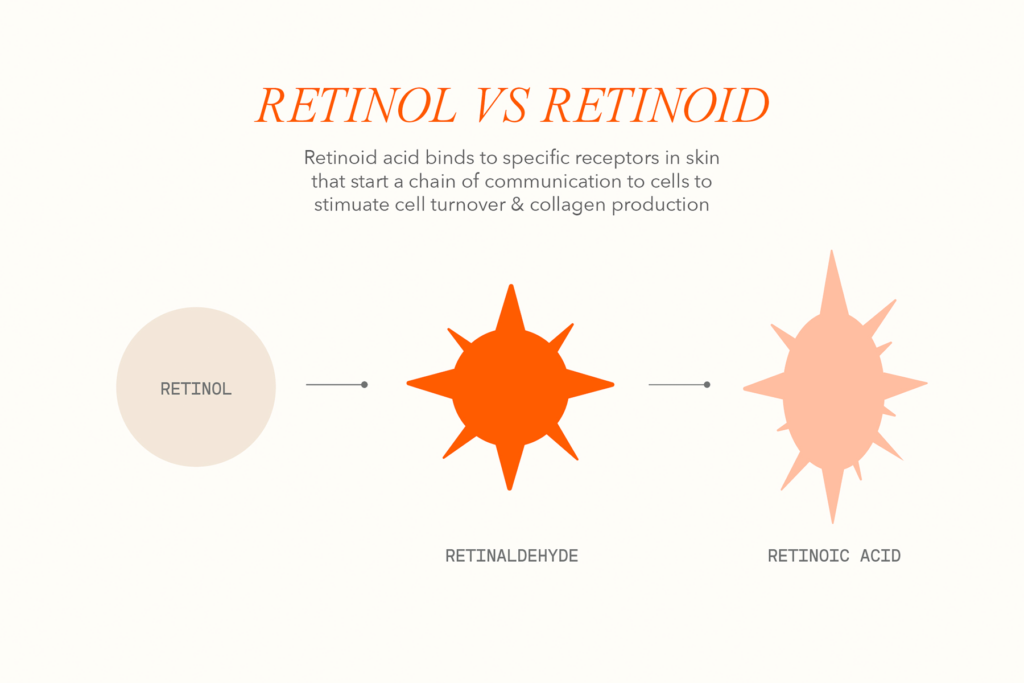
Kojic Acid
Kojic acid is a natural ingredient derived from certain fungi. It has skin-lightening properties and is commonly used in skincare products for the treatment of hyperpigmentation. Kojic acid works by inhibiting the production of melanin, resulting in a more even skin tone. It is available in various forms, such as creams, serums, and lotions, and can be used alone or in combination with other ingredients for maximum efficacy.
Azelaic Acid
Azelaic acid is a natural substance found in grains, such as wheat, barley, and rye. It has been proven effective in treating various skin conditions, including hyperpigmentation. Azelaic acid works by reducing the production of melanin and inhibiting the growth of bacteria on the skin’s surface. It is available in cream or gel formulations and is often used in combination with other topical treatments for optimal results.

Vitamin C
Vitamin C, also known as ascorbic acid, is a potent antioxidant that can help fade hyperpigmentation and brighten the skin. It works by inhibiting the enzyme responsible for melanin production and promoting collagen synthesis, which can improve skin texture and tone. Vitamin C is available in various skincare products, such as serums, creams, and masks, and can be used both as a standalone treatment and in combination with other ingredients.
Licorice Extract
Licorice extract is derived from the root of the licorice plant and has been used in traditional medicine for centuries. It contains active compounds that have skin-lightening properties and can help reduce hyperpigmentation. Licorice extract works by inhibiting the production of melanin and has anti-inflammatory effects, making it suitable for individuals with sensitive skin. It is commonly found in creams, serums, and gels, either as the main ingredient or in combination with other skin-brightening agents.

Chemical Peels
Glycolic Acid Peel
Glycolic acid peels are a type of chemical peel that use glycolic acid, an alpha-hydroxy acid, to exfoliate the skin and improve its texture and appearance. This type of peel is effective in reducing hyperpigmentation by promoting cell turnover and revealing newer, less pigmented skin. Glycolic acid peels are available in varying strengths and are typically performed at a dermatologist’s office or skincare clinic.
Salicylic Acid Peel
Salicylic acid peels are often used to treat acne and can also help with certain types of hyperpigmentation. This beta-hydroxy acid works by exfoliating the skin, removing dead skin cells, and unclogging the pores. By promoting cell turnover, salicylic acid peels can help reduce the appearance of hyperpigmentation. These peels are commonly performed in dermatology clinics or under professional supervision.

Lactic Acid Peel
Lactic acid peels, derived from milk, are gentle chemical peels that can improve hyperpigmentation and skin texture. This alpha-hydroxy acid exfoliates the skin and promotes the production of collagen, leading to a more even complexion. Lactic acid peels are suitable for individuals with sensitive skin or those looking for a more gentle option. They are typically performed by professionals in dermatology or skincare clinics.
Trichloroacetic Acid Peel
Trichloroacetic acid (TCA) peels are medium-depth chemical peels that can effectively treat hyperpigmentation. This type of peel penetrates deeper into the skin, promoting collagen production and reducing the appearance of dark spots. TCA peels are typically performed by dermatologists or skincare professionals, as they require expertise in application and aftercare. It is essential to follow proper pre- and post-peel instructions to minimize side effects and achieve optimal results.
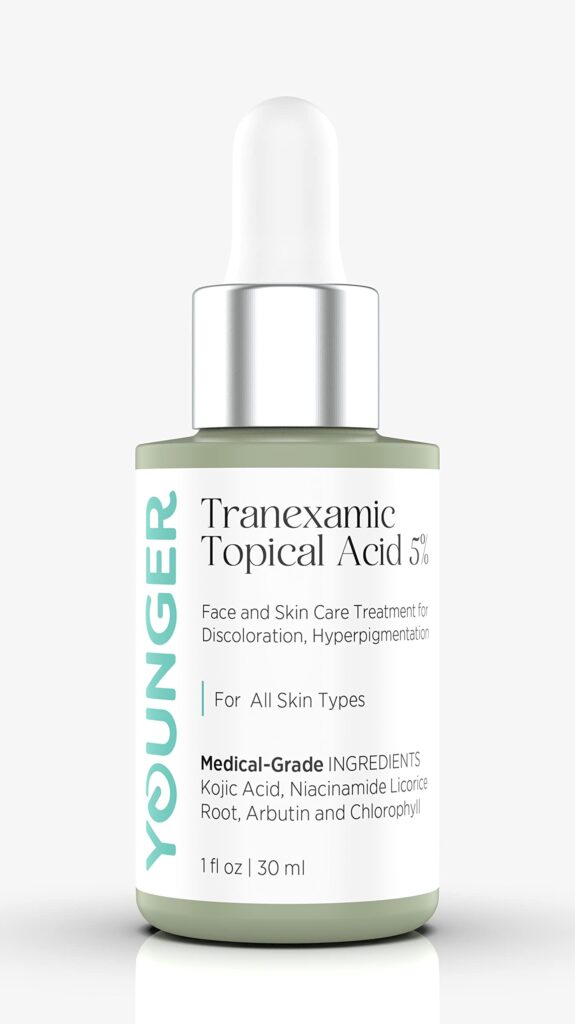
Microdermabrasion
Procedure
Microdermabrasion is a non-invasive procedure that uses a handheld device to exfoliate the skin’s outermost layer. It works by spraying tiny crystals onto the skin or using a diamond-tipped wand to gently slough off dead skin cells. The procedure is typically painless and requires no downtime. Multiple sessions may be necessary to achieve the desired results, depending on the severity of hyperpigmentation.
Benefits
Microdermabrasion can effectively improve hyperpigmentation by removing dead skin cells and promoting cell turnover. It can help reduce the appearance of dark spots, even out skin tone, and improve overall skin texture. Microdermabrasion is suitable for most skin types, and the procedure is relatively quick and convenient.
Side Effects
While microdermabrasion is generally considered safe, some individuals may experience slight redness, mild swelling, or sensitivity immediately after the procedure. These side effects typically subside within a few hours to a day. It is important to follow post-treatment instructions provided by the skincare professional to ensure proper healing and minimize the risk of complications.
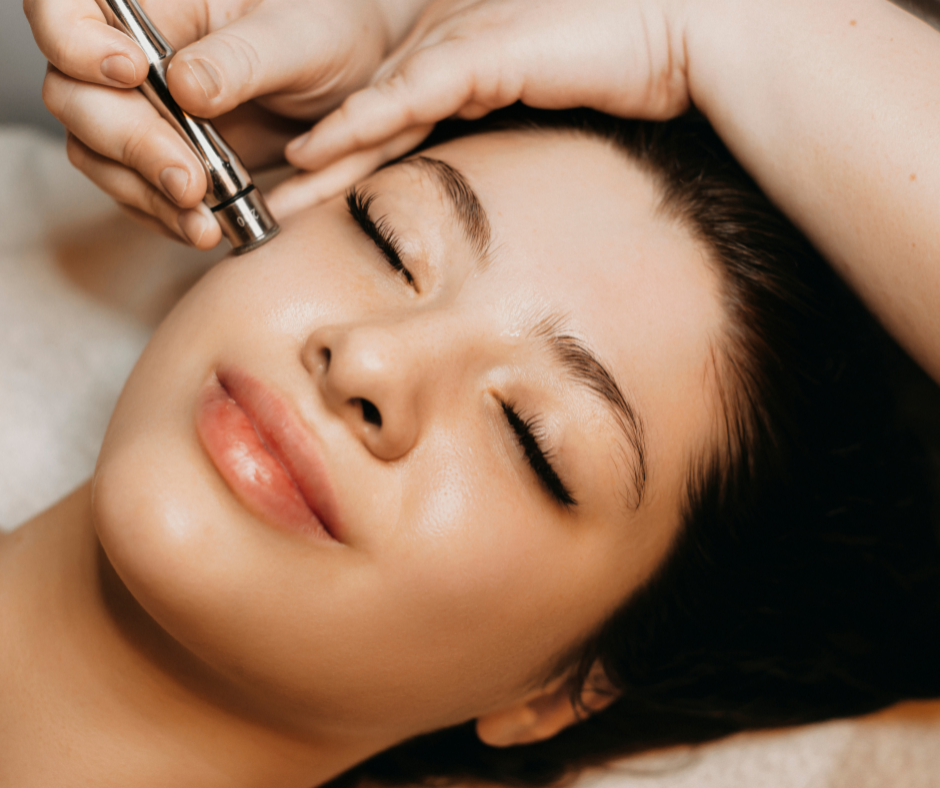
Laser Treatments
Procedure
Laser treatments for hyperpigmentation involve using high-energy light beams to target and break up excess melanin in the skin. The type of laser used depends on the specific needs and condition of the individual. Laser treatments are typically performed in a dermatologist’s office or medical spa and may require multiple sessions to achieve the desired results.
Types of Lasers
There are various types of lasers used for treating hyperpigmentation, including Q-switched lasers, fractionated lasers, and intense pulsed light (IPL) devices. Q-switched lasers are often used to target specific pigmented areas, such as sunspots or freckles. Fractionated lasers work by creating microscopic injuries in the skin, stimulating collagen production and reducing hyperpigmentation. IPL devices use broad-spectrum light to improve overall skin tone and treat various pigmentation concerns.
Benefits
Laser treatments offer precise and targeted treatment for hyperpigmentation, effectively breaking up excess melanin and reducing the appearance of dark spots or patches. Laser treatments can also stimulate collagen production, leading to overall skin rejuvenation and improved texture. Depending on the laser used and the individual’s condition, laser treatments can provide significant and long-lasting results.
Side Effects
Side effects of laser treatments for hyperpigmentation may include temporary redness, swelling, or mild discomfort immediately after the procedure. In some cases, there may be slight peeling or crusting of the skin, which typically subsides within a week. It is crucial to follow post-treatment instructions provided by the healthcare professional to ensure proper healing and minimize the risk of complications.
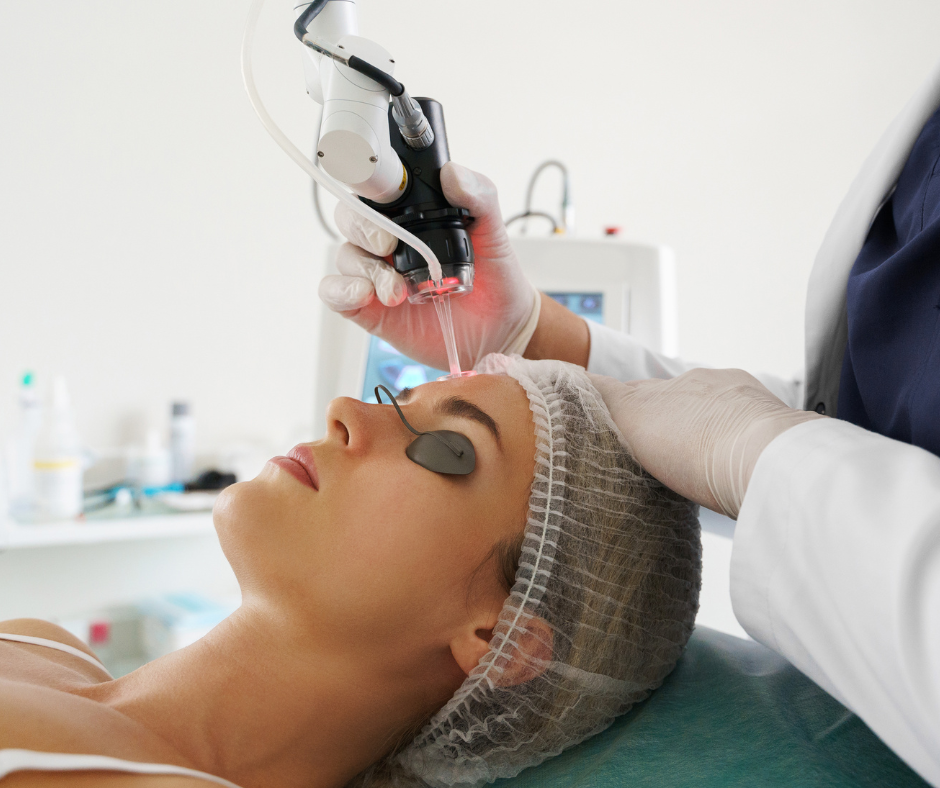
Intense Pulsed Light (IPL) Therapy
Procedure
Intense pulsed light (IPL) therapy, also known as photofacial or photorejuvenation, uses broad-spectrum light energy to target areas of hyperpigmentation. The light is absorbed by excess melanin in the skin, breaking it down and allowing the body to naturally eliminate it. IPL therapy is typically performed in a medical spa or dermatologist’s office and may require multiple sessions for optimal results.
Benefits
IPL therapy can effectively reduce hyperpigmentation, improve overall skin tone, and target various pigmented concerns in one treatment. It is suitable for individuals with different skin types and can be customized to address specific needs. IPL therapy also stimulates collagen production, leading to improved skin texture and a more youthful appearance.
Side Effects
Temporary side effects of IPL therapy may include redness, slight swelling, or mild discomfort immediately after the procedure. In some cases, there may be slight peeling or darkening of the treated areas, which usually resolves within a week. It is important to protect the skin from sun exposure and follow post-treatment instructions provided by the healthcare professional to ensure optimal healing and minimize side effects.
Cryotherapy
Procedure
Cryotherapy involves freezing the hyperpigmented areas of the skin using liquid nitrogen or another extremely cold substance. The freezing causes the excess melanin to be destroyed and shed, allowing new skin cells to grow in its place. Cryotherapy is typically performed by a dermatologist or skincare professional and may require multiple sessions for desired results.
Benefits
Cryotherapy can effectively target and eliminate hyperpigmentation, resulting in a more even complexion. It is a relatively quick and convenient treatment option, with minimal downtime. Cryotherapy can be beneficial for individuals with smaller areas of hyperpigmentation or specific concerns, such as age spots or sunspots.
Side Effects
Temporary side effects of cryotherapy may include redness, swelling, or blistering in the treated areas. These side effects typically subside within a few days to a week, and proper aftercare can help minimize discomfort and promote healing. It is important to follow post-treatment instructions provided by the healthcare professional to ensure optimal recovery and minimize the risk of complications.
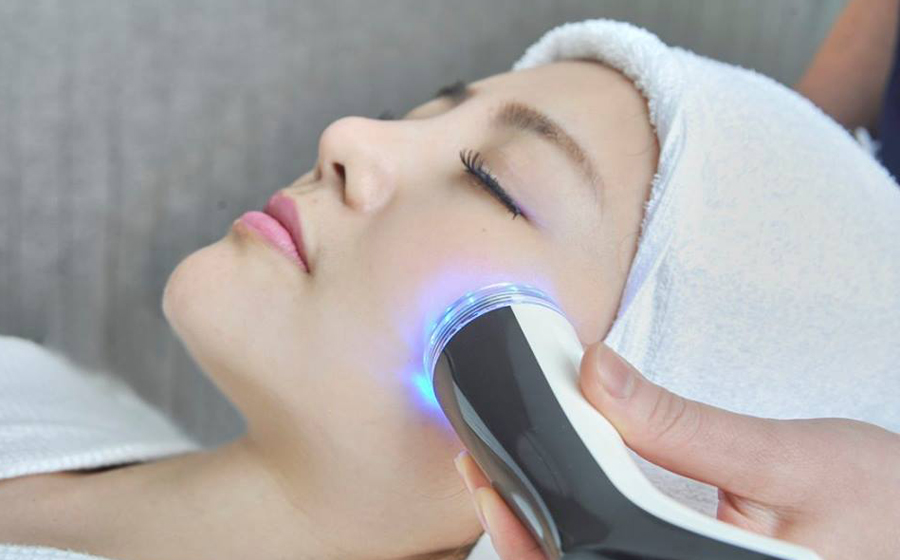
Natural Remedies
Lemon Juice
Lemon juice is a popular natural remedy for hyperpigmentation due to its natural bleaching properties. The citric acid in lemon juice can help lighten dark spots and even out skin tone. To use lemon juice, apply fresh-squeezed juice directly onto the hyperpigmented areas using a cotton pad or your fingertips. Leave it on for about 10-15 minutes before rinsing off. It is important to note that lemon juice can be very drying, so it is recommended to moisturize the skin afterward and avoid sun exposure.
Aloe Vera Gel
Aloe vera gel has soothing and healing properties and can help reduce hyperpigmentation. It contains aloin, a compound that inhibits the production of melanin, leading to a more even skin tone. To use aloe vera gel, extract the gel from fresh aloe vera leaves and apply it directly to the hyperpigmented areas. Leave it on for about 20 minutes before rinsing off. Aloe vera gel can be used regularly as a natural treatment for hyperpigmentation.
Sandalwood Powder
Sandalwood powder has been used in Ayurvedic medicine for centuries for its skin-brightening properties. It can help reduce hyperpigmentation and promote a smoother, more even complexion. To use sandalwood powder, mix it with a few drops of rose water or plain water to form a paste. Apply the paste to the hyperpigmented areas and leave it on for about 20-30 minutes before rinsing off. Regular use of sandalwood powder can help lighten dark spots and improve overall skin tone.
Turmeric
Turmeric is a natural spice with anti-inflammatory and antioxidant properties. It has been used for centuries in traditional medicine to treat various skin conditions, including hyperpigmentation. Turmeric can help reduce the production of melanin and lighten dark spots. To use turmeric, mix it with a small amount of water or milk to form a paste. Apply the paste to the hyperpigmented areas and leave it on for about 15-20 minutes before rinsing off. Regular use of turmeric can help improve skin tone and texture.
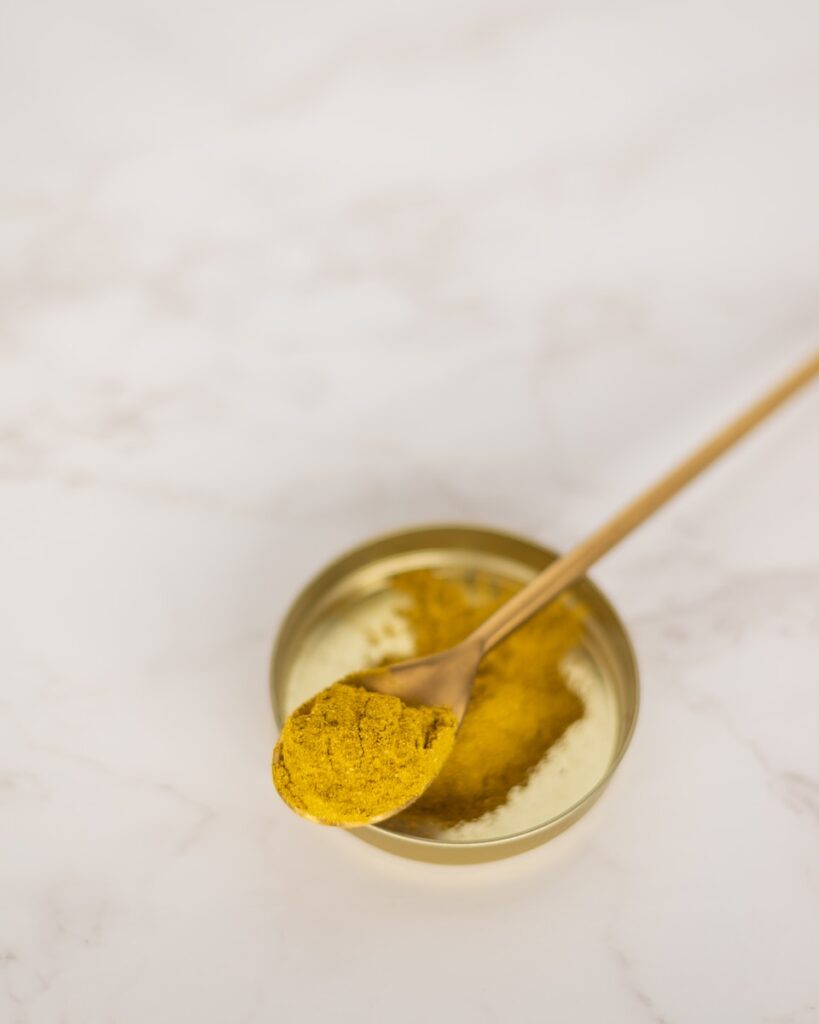
Red Onion Extract
Red onion extract contains quercetin, a flavonoid that can help lighten hyperpigmentation and inhibit melanin production. To use red onion extract, grate or blend a red onion and extract the juice. Apply the juice directly onto the hyperpigmented areas using a cotton pad or your fingertips. Leave it on for about 10-15 minutes before rinsing off. Regular application of red onion extract can help fade dark spots and promote a more even complexion.
Combination Therapy
Using Multiple Topicals
Combining multiple topical treatments can enhance the effectiveness of hyperpigmentation treatment. For example, using a combination of hydroquinone, retinoids, and vitamin C can target different aspects of hyperpigmentation, such as melanin production, cell turnover, and skin brightening. It is important to consult a dermatologist or skincare professional to determine the most suitable combination of topicals based on individual skin type, concerns, and sensitivity.
Combining Topicals with Treatments
In some cases, combining topical treatments with professional treatments, such as chemical peels or laser therapies, can provide more comprehensive and effective results. For example, using topical treatments to prep the skin before a chemical peel can enhance the peel’s ability to target hyperpigmentation. It is important to follow the guidance of a healthcare professional when combining topicals with treatments to ensure safety and optimal results.
Importance of Professional Guidance
When dealing with hyperpigmentation, it is crucial to seek professional guidance for proper diagnosis, treatment planning, and monitoring. A dermatologist or skincare professional can accurately diagnose the type and underlying causes of hyperpigmentation, recommend suitable treatments, and monitor progress throughout the treatment process. They can also provide personalized advice and guidance on skincare routines and aftercare, ensuring the best possible outcomes for individuals seeking to address hyperpigmentation.
